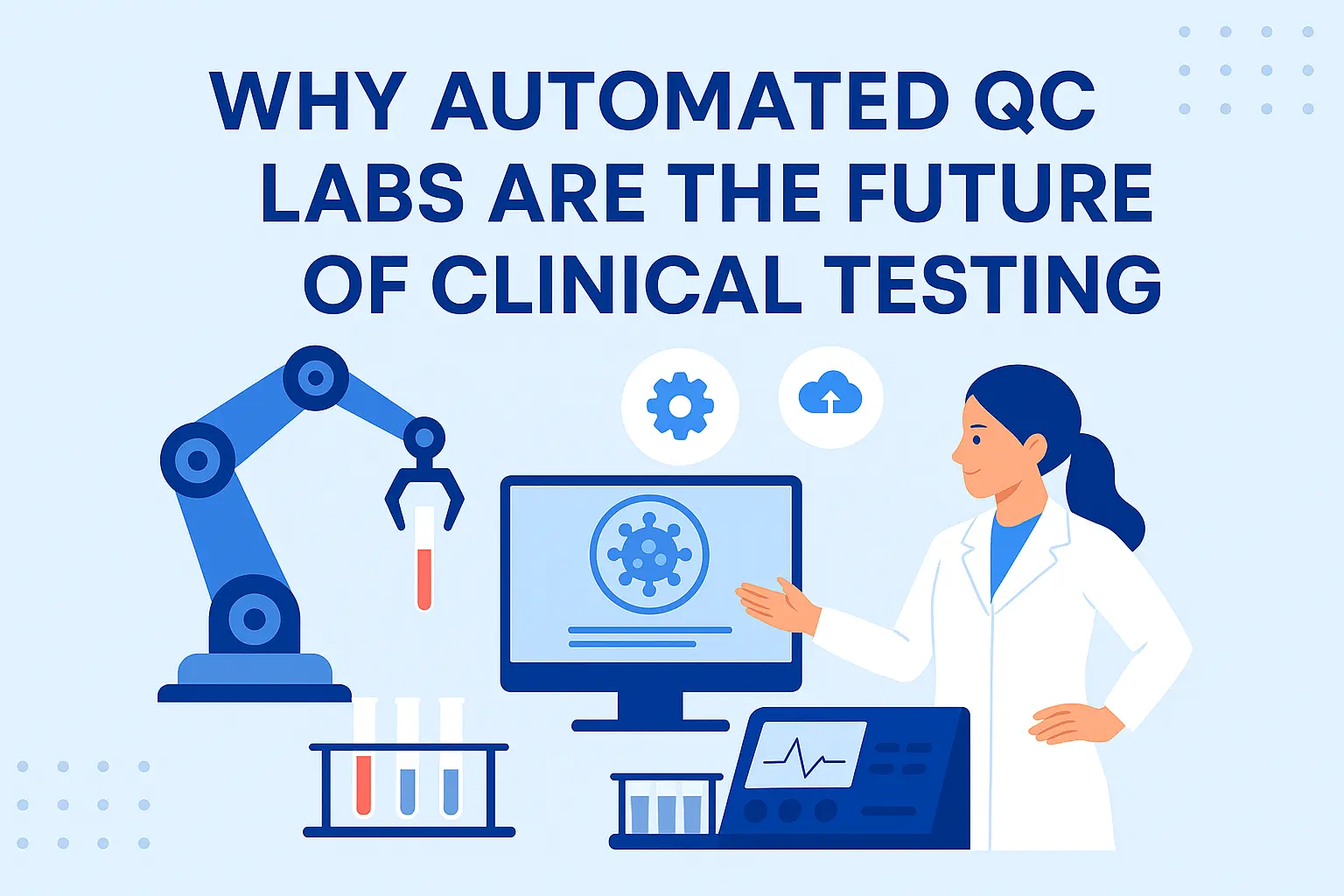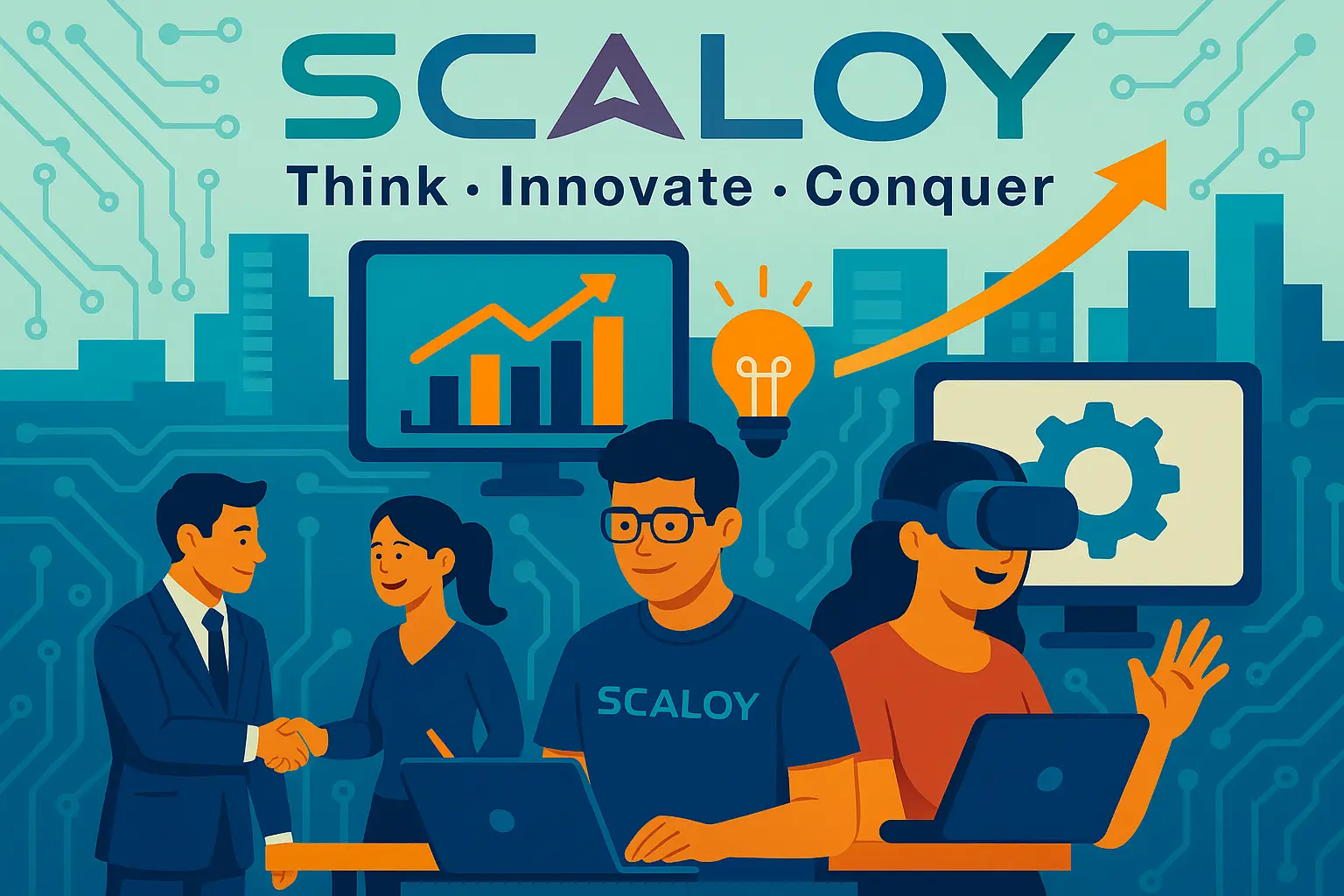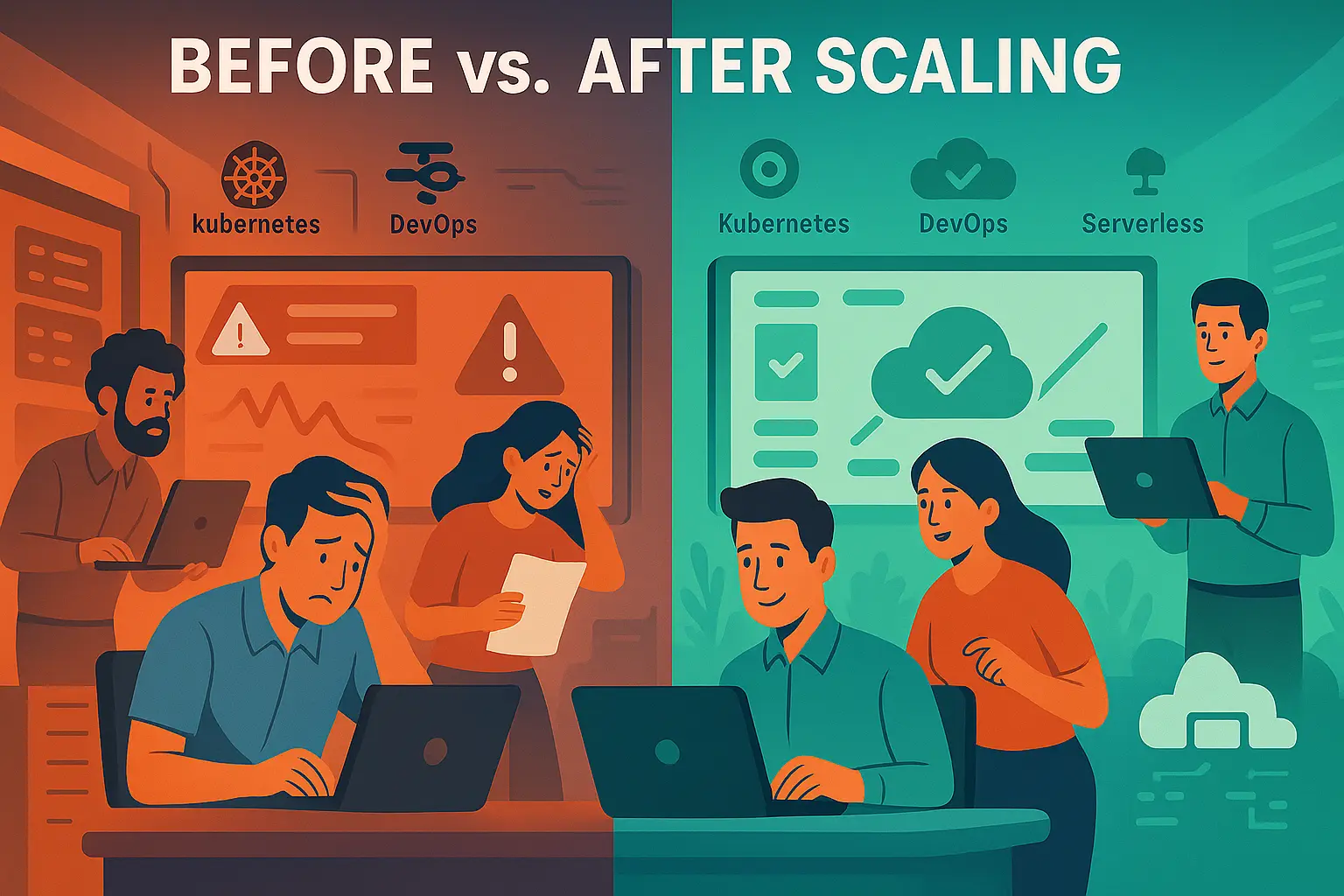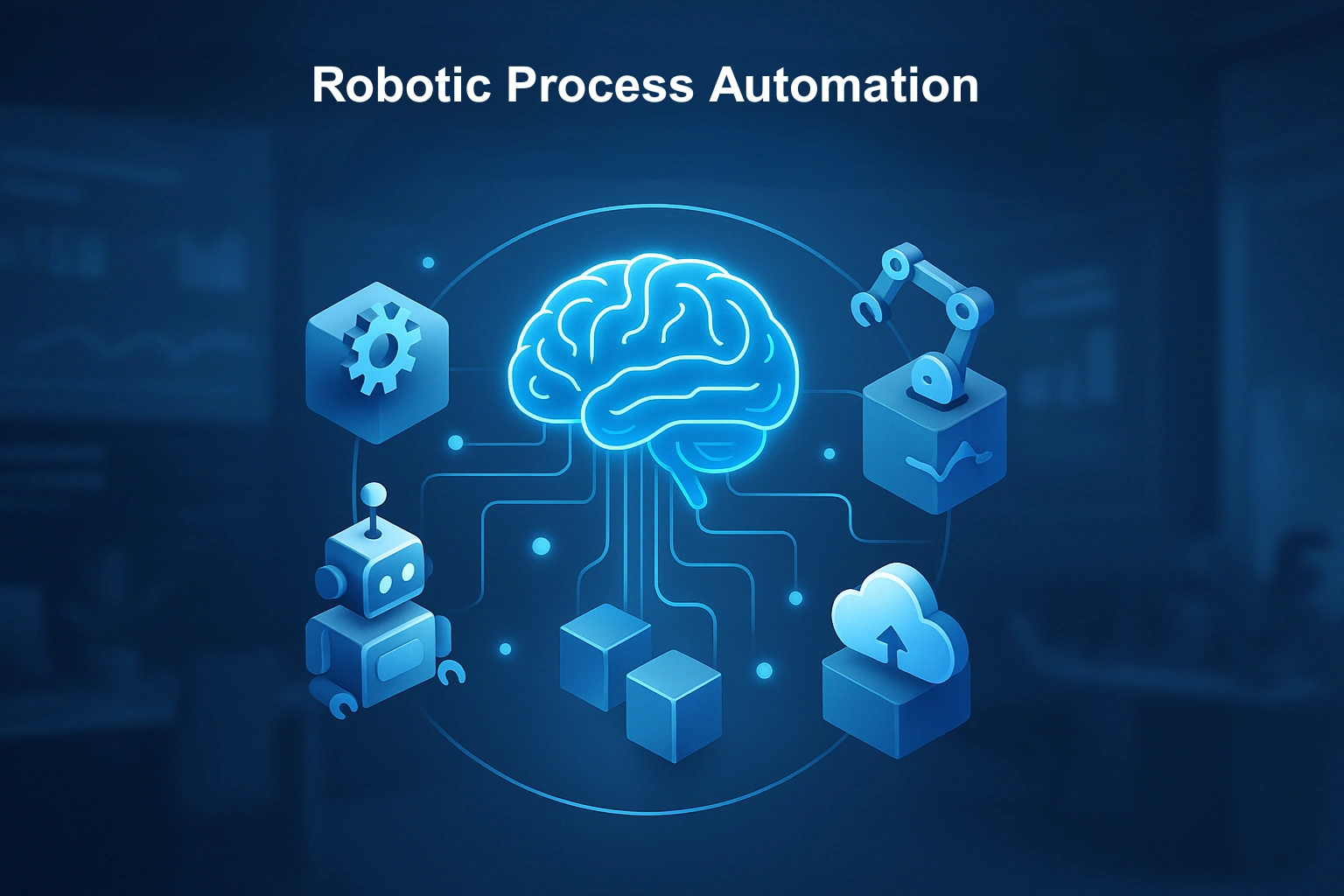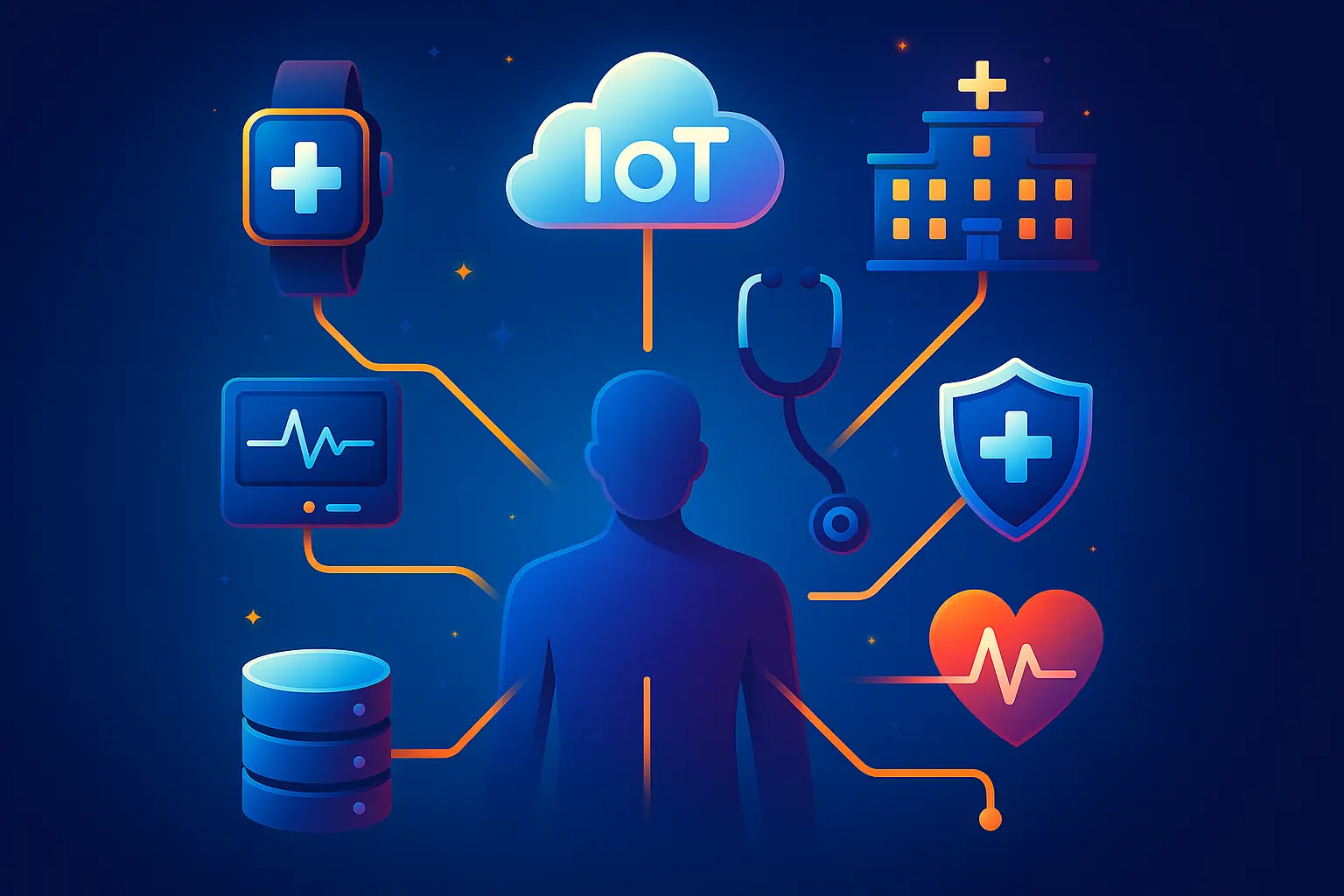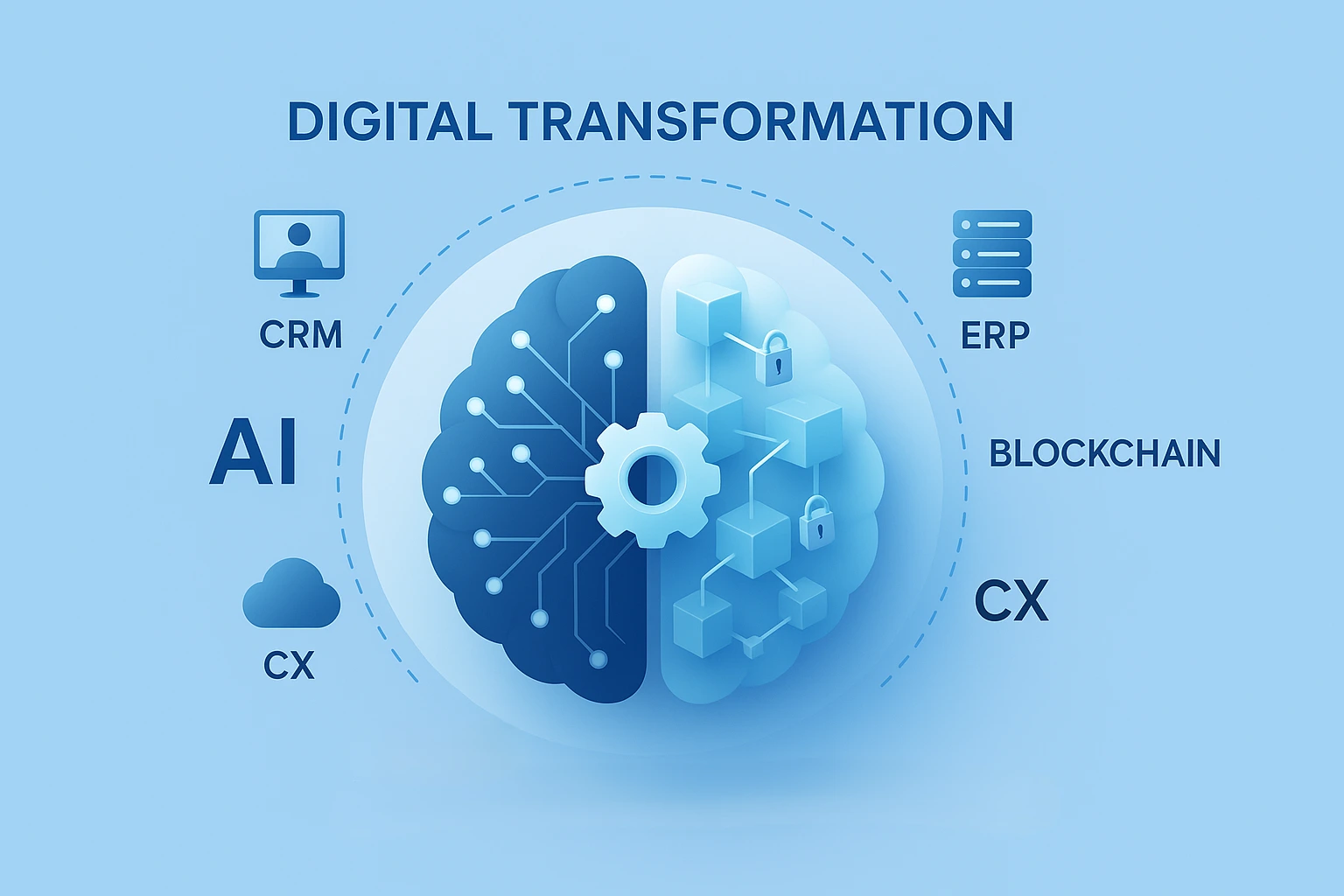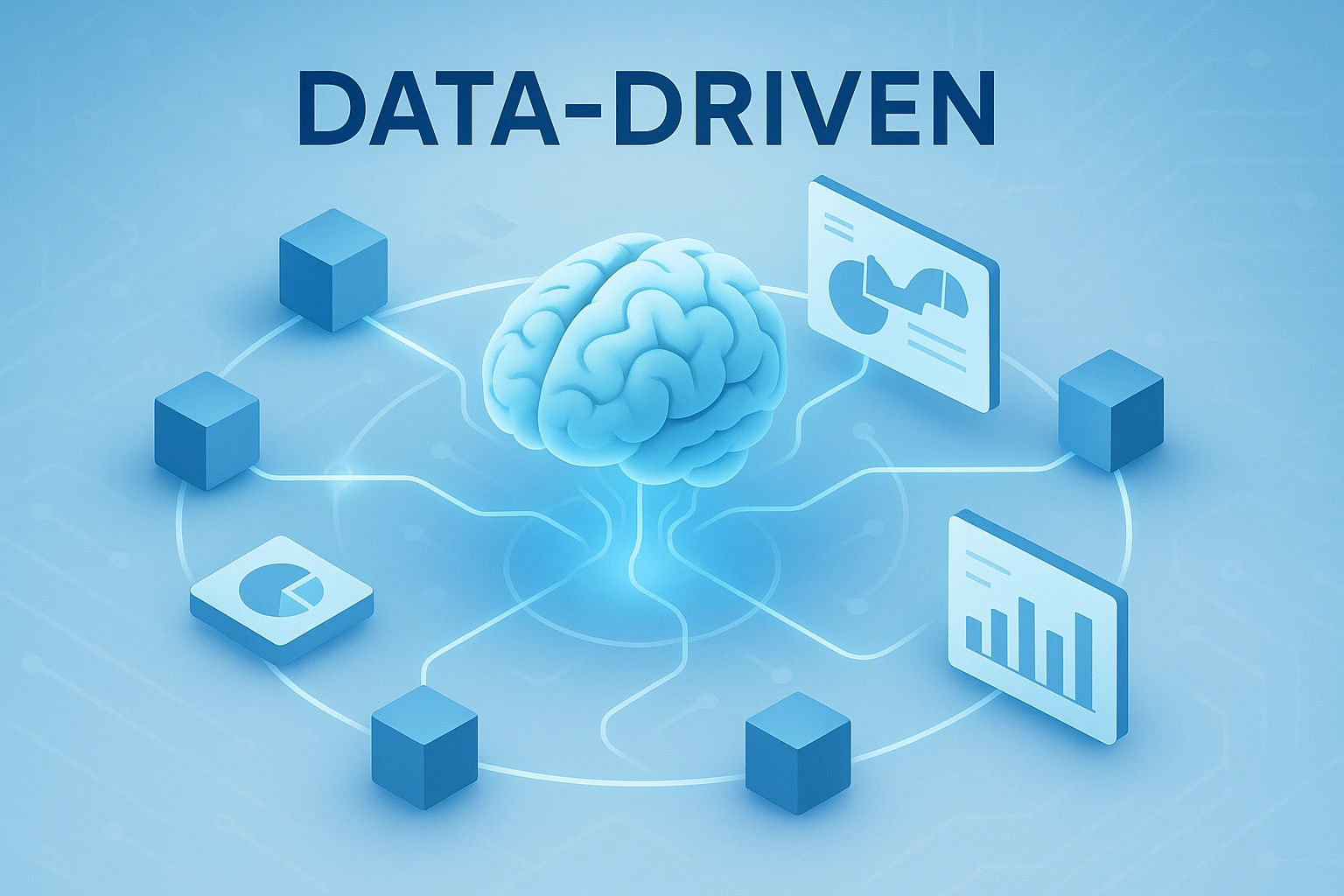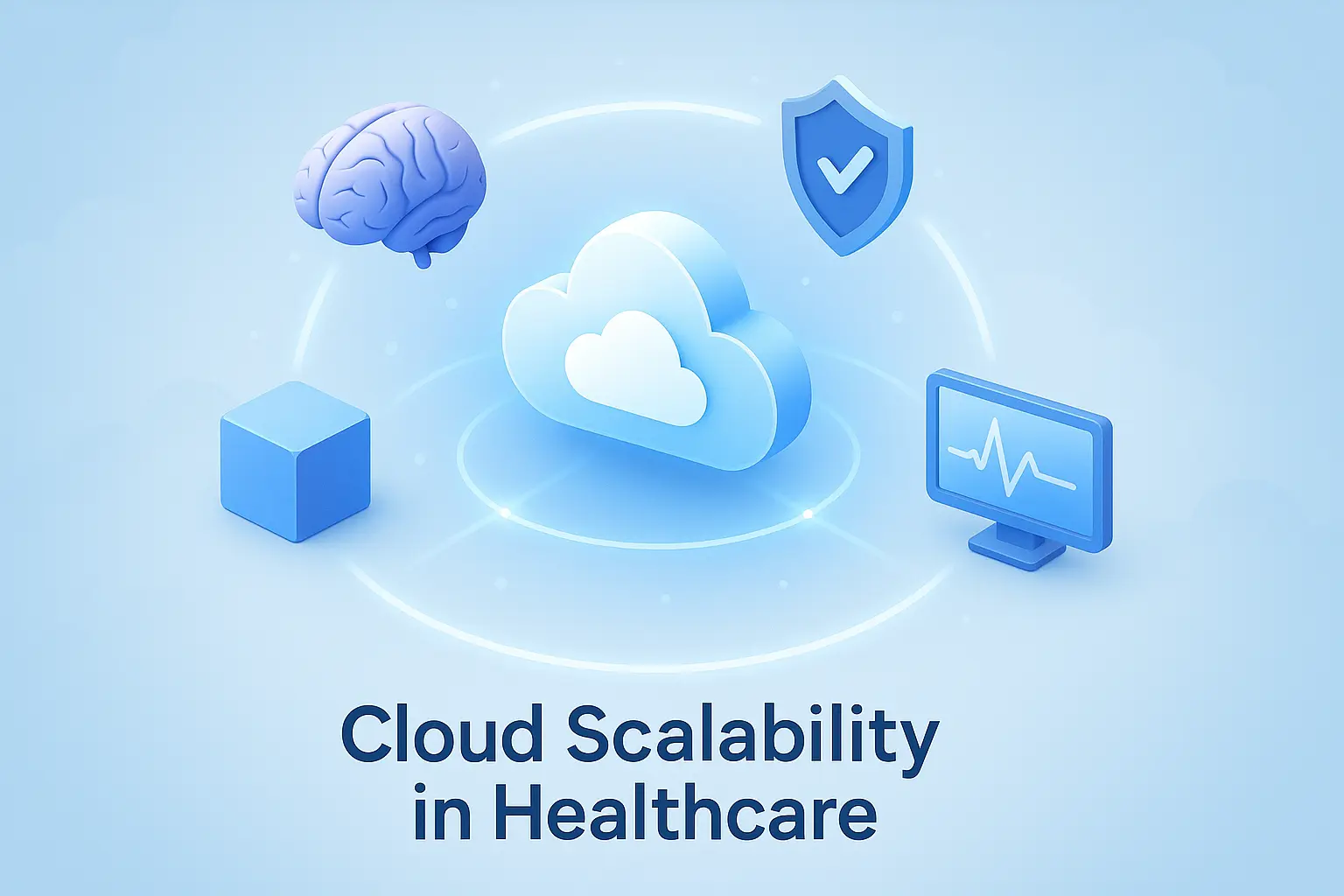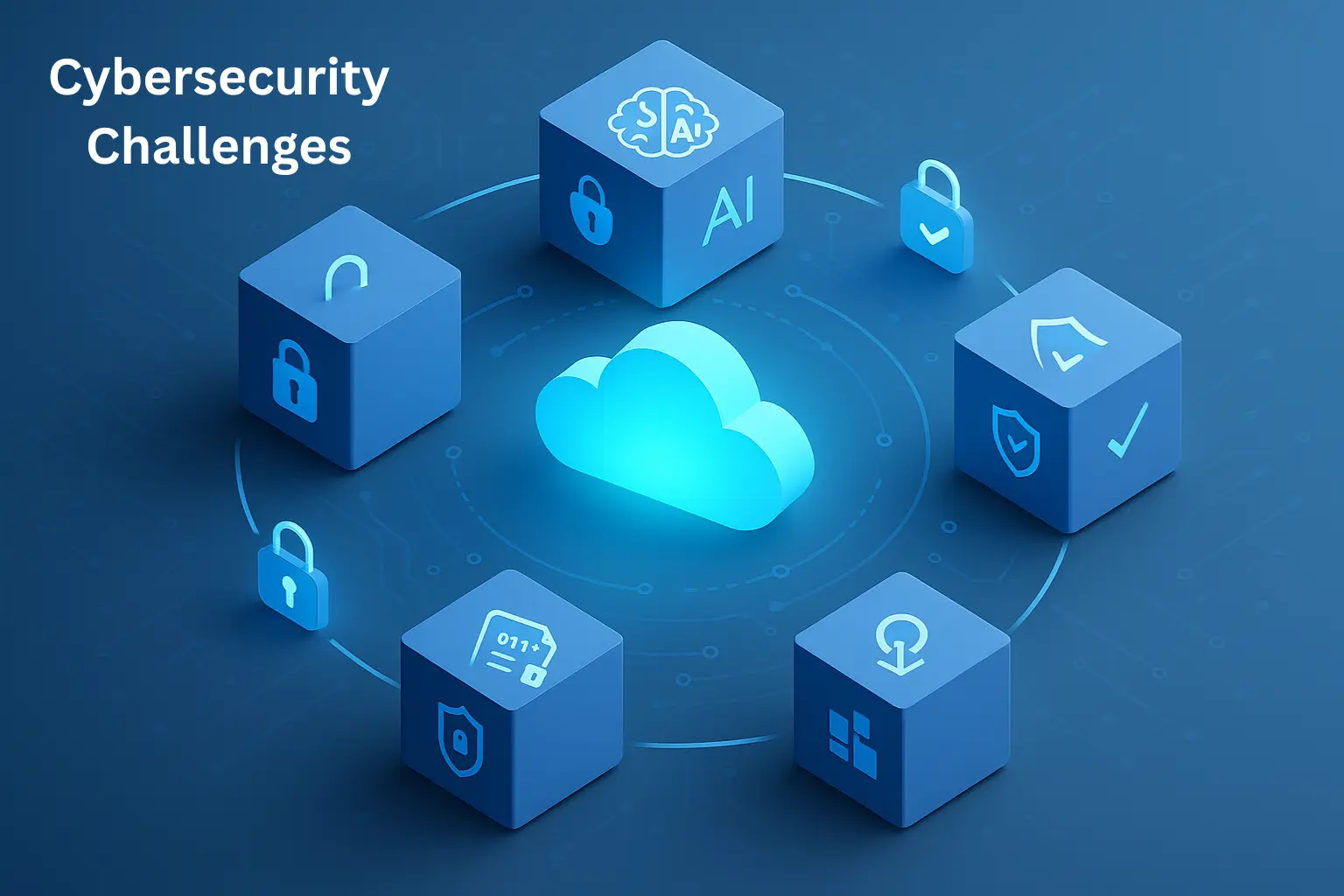Post By

IOT
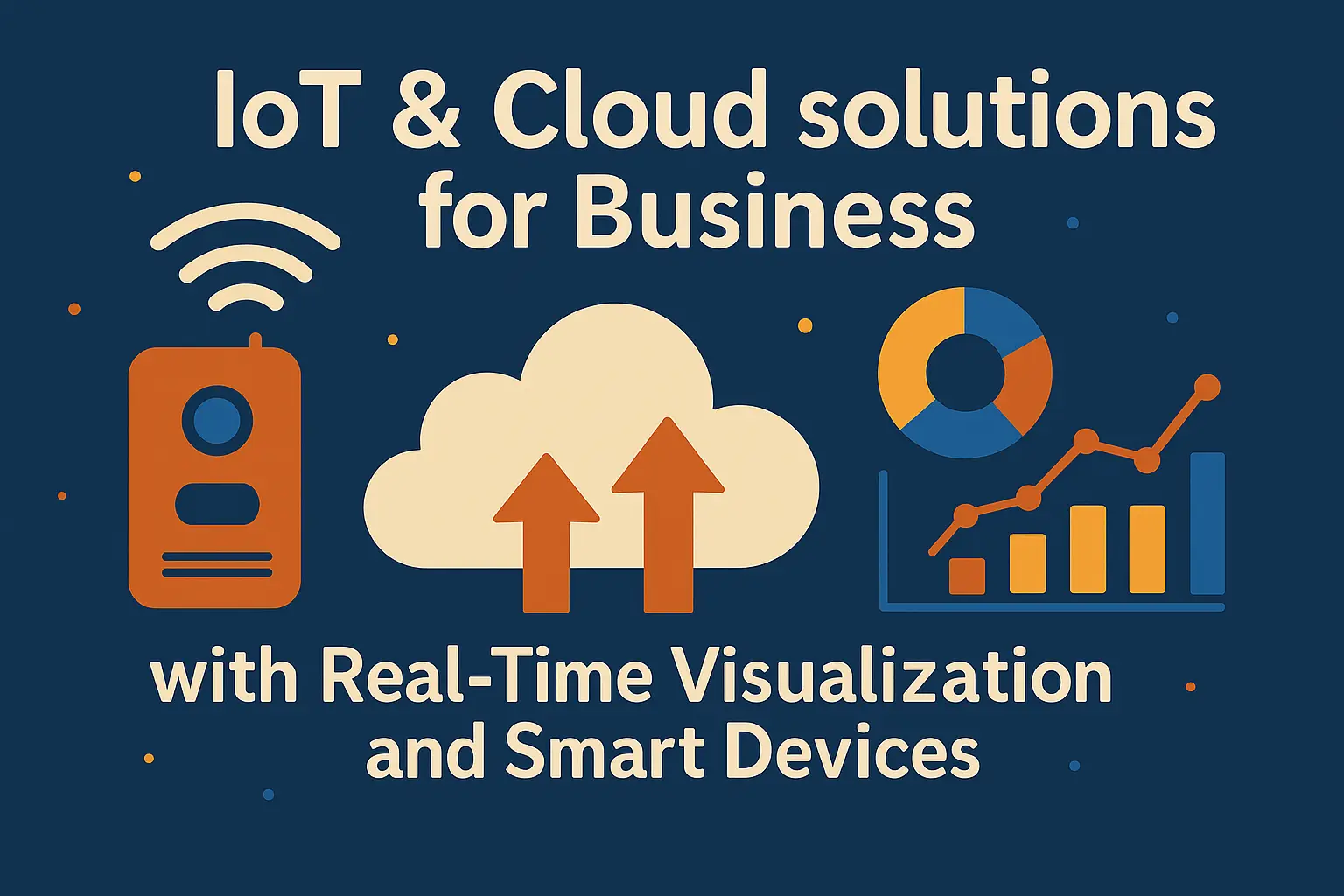
In today’s digital-first economy, businesses are under increasing pressure to process massive amounts of data faster and more intelligently. Relying solely on traditional cloud models is no longer enough to meet the demand for real-time decisions, scalability, and efficiency. That’s where edge computing, IoT, and advanced cloud integration come into play — creating agile, distributed systems that power smarter businesses. At Scaloy, we combine IoT, cloud computing, and edge technologies to help organizations unlock real-time visualization, proactive insights, and scalable growth. This blog explores the role of edge computing, why scalability matters, and how Scaloy empowers industries to innovate with smart, future-ready solutions. Edge computing is a distributed model that processes data closer to its source — whether IoT devices, mobile sensors, or autonomous vehicles — rather than sending everything to a central cloud. This proximity reduces latency, speeds up processing, and ensures only necessary data is transmitted for storage or advanced analysis. Industries such as healthcare, manufacturing, and retail rely on this model to enable real-time decision-making, smarter automation, and seamless user experiences. Growth in today’s business world requires systems that expand without sacrificing performance. Traditional cloud-only models struggle with network bandwidth, latency, and centralization bottlenecks. Scalability ensures systems remain responsive, resilient, and cost-effective as businesses scale operations. Scaloy solves this by integrating hybrid architectures of edge and cloud maximizing efficiency, reducing costs, and ensuring organizations can scale seamlessly as demand grows. Our methodology ensures edge computing integrates seamlessly with your cloud infrastructure, keeping flexibility, security, and optimization at the core. Key components include: As industries demand more complex, data-driven solutions, edge computing will play a central role in enabling scalable, flexible systems. By combining edge, cloud, and IoT, Scaloy ensures businesses stay agile, enhance customer experiences, and innovate faster. From smart cities to healthcare and autonomous vehicles, the future is distributed, intelligent, and scalable and Scaloy helps you stay ahead of the curve. Edge computing is reshaping how businesses scale by reducing latency, optimizing efficiency, and enabling real-time insights. By blending IoT, cloud, AI, and visualization, Scaloy provides tailored solutions that grow with your business. Whether you’re modernizing infrastructure, optimizing operations, or future-proofing your business, Scaloy is your partner in unlocking the full power of edge computing.
Edge Computing: What Is It?
The Significance of Scalability
Scaloy’s Method for Scalable Edge Solutions
Real-World Use Cases of Edge Computing
The Future of Edge Computing and Scalability
Conclusion
What is edge computing?
Edge computing processes data closer to its source, reducing latency and enabling real-time insights, especially for IoT devices and connected systems.
How does Scaloy combine edge, cloud, and IoT?
Scaloy blends real-time processing at the edge with cloud storage and IoT integration for scalable, efficient, and secure systems.
Which industries benefit most from edge computing?
Industries such as healthcare, manufacturing, autonomous vehicles, and smart cities benefit by reducing latency, improving safety, and enabling proactive insights.
Why is data visualization important in IoT solutions?
Data visualization simplifies complex information into dashboards and reports, helping businesses make faster, smarter decisions from IoT and edge data.
How does Scaloy support scalability?
Our hybrid edge-cloud architecture ensures smooth scalability by managing resources efficiently and reducing system bottlenecks.
Does Scaloy use AI in edge solutions?
Yes, we integrate AI and ML algorithms to analyze trends, predict issues, and optimize operations in real time.
Is security a concern in edge computing?
Scaloy prioritizes data security with encryption, access control, and secure infrastructure across both edge and cloud layers.
What real-world problems does Scaloy solve with IoT & edge?
From self-driving cars and patient monitoring to industrial IoT and smart city traffic systems, Scaloy’s solutions enhance efficiency and safety.
Can small businesses adopt IoT and edge solutions?
Yes, with Scaloy’s scalable and cost-efficient solutions, even small businesses can leverage IoT and edge technologies to improve performance.
How do I get started with Scaloy?
Visit scaloy.com/contact or call us directly to begin your IoT and edge transformation journey.

Discover our other blogs.
Automated QC
Speed, accuracy, and efficiency are critical in the rapidly evolving field of diagnostics and...

Yash Patel
Jul 10, 2025
Scaloy Success Stories
In today’s dynamic corporate environment, embracing the right technology is no longer o...

Ankit Patel
Jun 20, 2025
Scalability
In the ever-accelerating digital era, where speed, resilience, and adaptability are more than...

Vasu Patel
Jun 1, 2025
RPA
In today’s fast-paced business world, speed, precision, and innovation define success. ...

Isabella Rossi
May 10, 2025
IOT Takeover
Imagine receiving care, diagnosis, and monitoring from a network of intelligent medical devic...

Ishita Choudhury
Apr 23, 2025
IOT In Healthcare
The healthcare industry is undergoing a paradigm shift. Rising demands, growing costs, and th...

Noah Fischer
Apr 6, 2025
Digital Transformation
In an era of accelerating change, digital transformation is no longer a choice but a necessit...

Siddharth Nair
Mar 3, 2025
Data Driven Strategies
In today’s hypercompetitive digital economy, data has become more than just information...

Liam Johnson
Feb 17, 2025
Cloud Native Healthcare
The healthcare industry is experiencing rapid digital acceleration. From electronic health re...

Kavya Iyer
Jan 31, 2025
Cyber Security
As digital transformation accelerates, organizations across industries are under pressure to ...

Sophia Martinez
Jan 15, 2025

